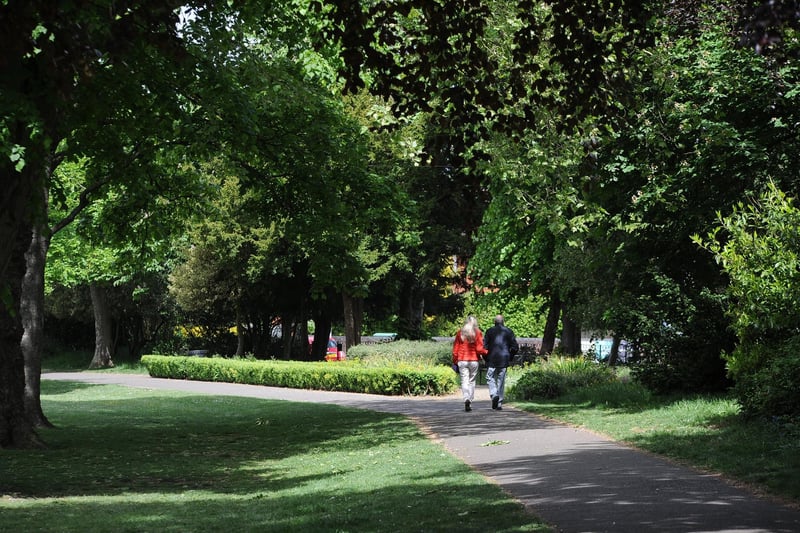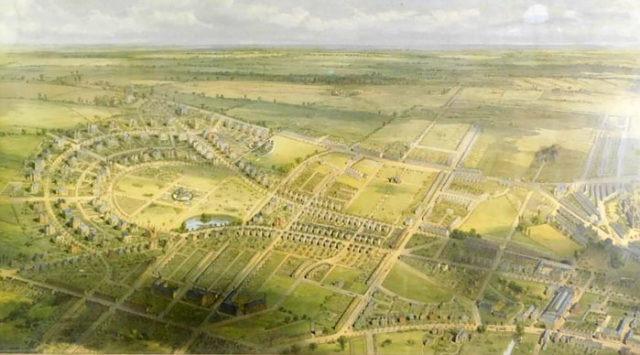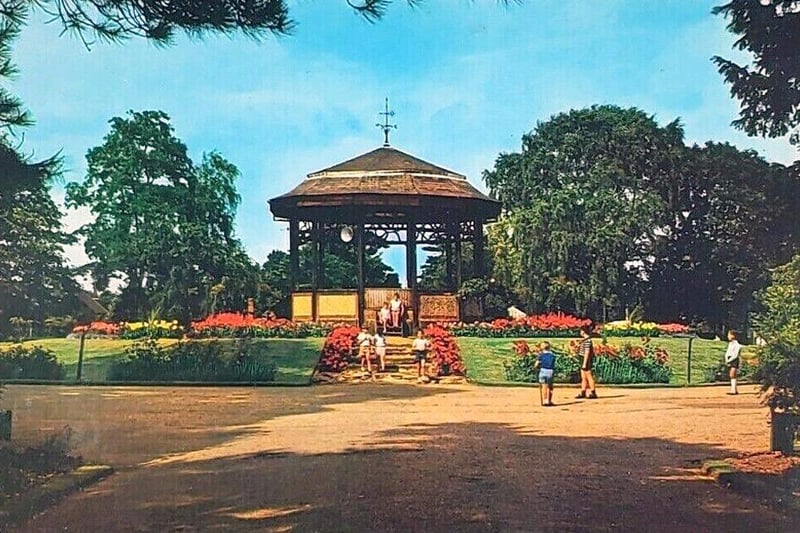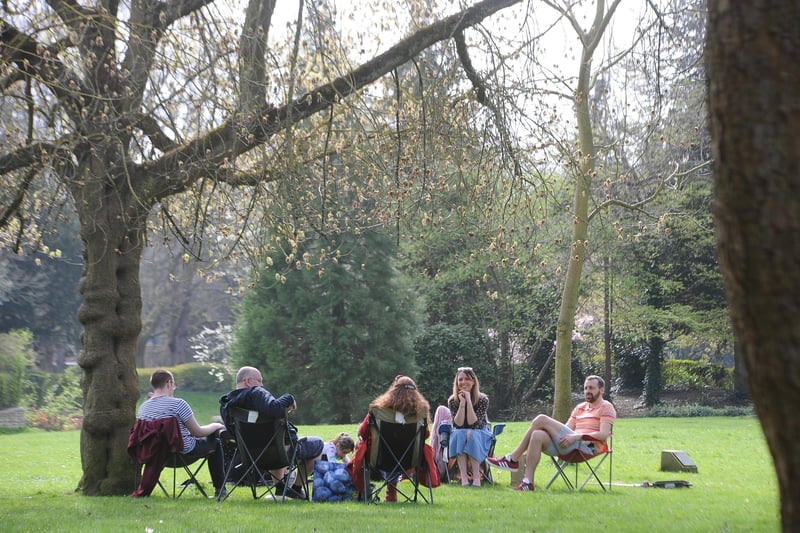To many people, Central Park is, quite simply, the ‘Jewel in Peterborough’s Crown.’
Covering just over 22 acres, the city’s premier green space is of course dwarfed by its massive American namesake in New York City.
But what our cherished Park Crescent landmark lacks in size it more than makes up for in charm and ambience, affording Peterborians of all ages a pleasant outdoor space to socialise, play and relax in.
Along with its beautiful formal gardens and expansive green spaces, Central Park boasts tennis courts, an aviary, bowling greens, a croquet lawn and a café.
There is also a play park, paddling pool and sandpit on hand for children to enjoy.
The idea of a (semi-) public space in the area first came about in 1875, when the Peterborough Land Company (PLC) bought up what was then a sizable 330 acres of land.
The PLC originally intended to develop the land for housing, with a formal park planned at the centre.
‘The Park’, as it was known, was opened in Easter, 1877, although it was still only partially completed and admittance was via subscription only.
In 1900, the cost of a summer season ticket was 15 shillings for families and five shillings for single people: that’s about 75p and 25p respectively in today’s money!
Along with elegant, ornamental gardens, this new formal green space afforded Victorian Peterbroians the chance to make merry with a croquet lawn, pond, rockery and pavilion.
This landscape remained much the same over the subsequent three decades, becoming a reassuringly familiar place of enjoyment for the city’s growing population.
In 1908, the City Council took over responsibility for the site on a 999 year lease.
Five years later, the Great Northern Railway presented the council with the stone archway which now stands proudly as the Broadway entrance.
Following the First World War, an old British tank from the conflict was sited in the park, as were – incredibly – two large German field guns.
Legendary Peterborough mascot and phenomenal RSPCA fundraiser Jimmy the Donkey – famed for transporting injured Tommies from the front lines during The Great War – was laid to rest in the park in 1943.
Over the years, the park hosted several design elements which are, sadly, no more. Some of the more prominent of these – which some of our older readers may remember – include an open-air theatre, pond (which is now the sunken flower garden) and bandstand.
The removal of the much-loved bandstand – which stood where the large willow tree now grows – prompted a large and emotional outcry from Peterborians when it was removed in the mid-1960s.
In 1999, the park received a significant cash injection of £629,000 from the National Lottery Heritage Fund.
The project, which focused on restoring the 19th and early 20th century landscape of the park and protecting its historic features, saw several areas of the park refurbished, including the sunken garden, the sensory garden and two play areas.
Along with the aforementioned facilities and ever-beautiful gardens, visitors to Central Park today can enjoy both hard and grass tennis courts, volleyball, table tennis and, of course, the ever-popular Willow Cafe.
While the park is perhaps not quite as elegant or regal as it was in Victorian or Edwardian times, it is undoubtedly the city’s most pleasant green area within an easy walk of the town centre.
And now the days are starting to get lighter and, hopefully, a little warmer, now is as good a time as any to head over and appreciate it!
Video courtesy of Jim Mack / Peterborough at Night

1. Peterborough in Focus: Central Park
Central Park is undoubtedly one of the city's most pleasant and enjoyable green spaces. Photo: David Lowndes

2. Peterborough in Focus: Central Park
This fascinating map - produced by the Peterborough Land Company (PLC) sometime around 1880 - shows plans for a 'Development of central Peterborough to the north of the Cathedral.' Photo: Peterborough Images

3. Peterborough in Focus: Central Park
This beautiful colour shot was taken in the 1960s, just before the much-loved bandstand was removed - much to the dismay of local residents. Photo: Peterborough Images

4. Peterborough in Focus: Central Park
Central Park is a place where Peterborians of all ages can come to play, socialise and relax in pleasant outdoor surroundings. Photo: David Lowndes